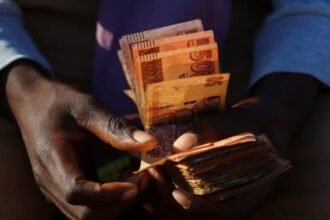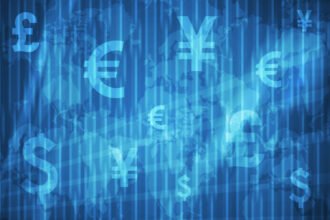On this International Women’s Day, March 8th, the Cuban government once again lauds the role of women as the “engine of the Revolution.” However, the informal currency market tells a different story, one that is far from fair or protective of the well-being and rights of working women and homemakers. These women face low wages, scarcity, and widespread poverty.
Despite the triumphant narratives promoted by state media and regime authorities, the daily reality for many Cuban women is marked by an ongoing struggle against inflation, shortages, and eroding purchasing power. These issues are exacerbated by the informal currency market and its high exchange rates.
This Saturday, the informal market rates placed the U.S. dollar and euro at 345 Cuban pesos (CUP), while the Freely Convertible Currency (MLC) was valued at 285 CUP.
Exchange Rates in Cuba – Saturday, March 8, 2025 – 07:00:
- USD to CUP: 345 CUP
- EUR to CUP: 345 CUP
- MLC to CUP: 285 CUP
Even with a semblance of “stability” and no significant changes in rates in recent weeks, for Cuban women—most of whom earn state salaries in Cuban pesos and bear the responsibility of maintaining the household—these figures represent more than mere statistics; they are a tangible barrier that inflates the cost of daily living.
Stores operating in MLC, selling essentials like food, hygiene products, and supplies for children, force many women to turn to a black market where acquiring foreign currency becomes an economic burden.
With an average salary of 5,000 CUP equating to just 14 MLC or 14 dollars on the street, it is insufficient to meet a person’s basic needs, let alone a family’s. For single mothers, the burden is even greater, reinforcing inequality and social exclusion in increasingly large segments of the population.
Official discourse highlights the role of Cuban women as protagonists on “all fronts,” yet in practice, many face a daily dilemma of feeding their children, paying exorbitant transportation costs, and seeking alternatives in an increasingly dollarized market.
The myth of female emancipation under socialism collapses when women must spend hours in lines, contend with unreachable prices, and, in many cases, rely on remittances or the black market to survive.
Rather than the rhetoric that socialism ensured equity, access to basic goods and services has become a privilege determined by one’s ability to obtain foreign currency—a situation that disproportionately affects women, who bear the brunt of domestic responsibilities.
The Current State of the Informal Currency Market
In recent weeks, the informal market has shown slight fluctuations. The U.S. dollar has remained stable at 345 CUP since last weekend. The euro, which had reached 348 CUP on Tuesday, fell back to 345 CUP by Thursday and has held steady since. Meanwhile, after a series of increases in February, the MLC has stabilized at 285 CUP throughout March.
The current stability in Cuba’s informal exchange rates can be attributed to several factors:
- Supply and Demand: The demand for foreign currency remains high due to the need for products and services unavailable in the national currency.
- Economic Policies: Recent government measures, such as opening stores that operate exclusively in foreign currency, have heightened the need for dollars and euros among the population.
- Limited Access to Official Foreign Currency: The difficulty of obtaining foreign currency through official channels forces citizens to turn to the informal market, sustaining pressure on exchange rates.
FAQs on Currency Exchange in Cuba
Why is the informal currency market crucial in Cuba?
The informal currency market is crucial because it provides access to foreign currency, which is necessary for purchasing goods and services not available in the national currency.
How do Cuban women cope with economic challenges?
Cuban women often rely on the informal market, remittances, and alternative solutions to manage the high cost of living and limited access to goods.
What role do government policies play in currency demand?
Government policies, like opening stores that only accept foreign currency, increase the demand for dollars and euros, influencing exchange rates in the informal market.





















